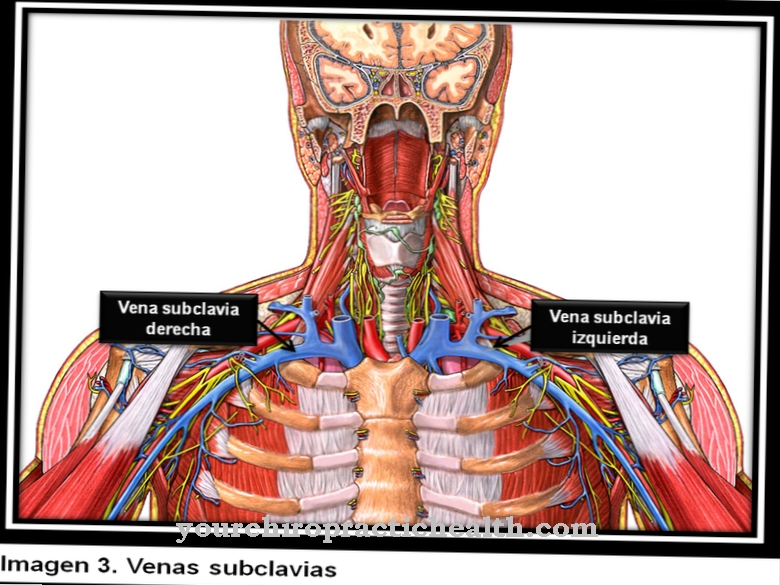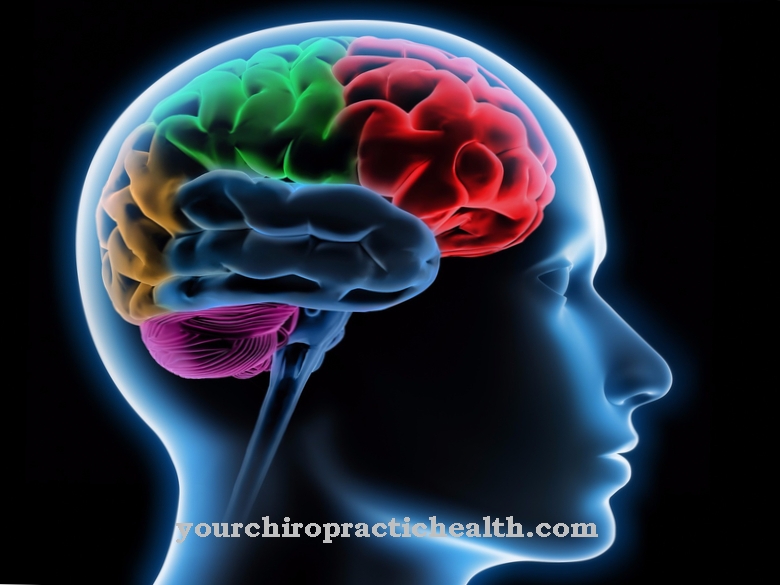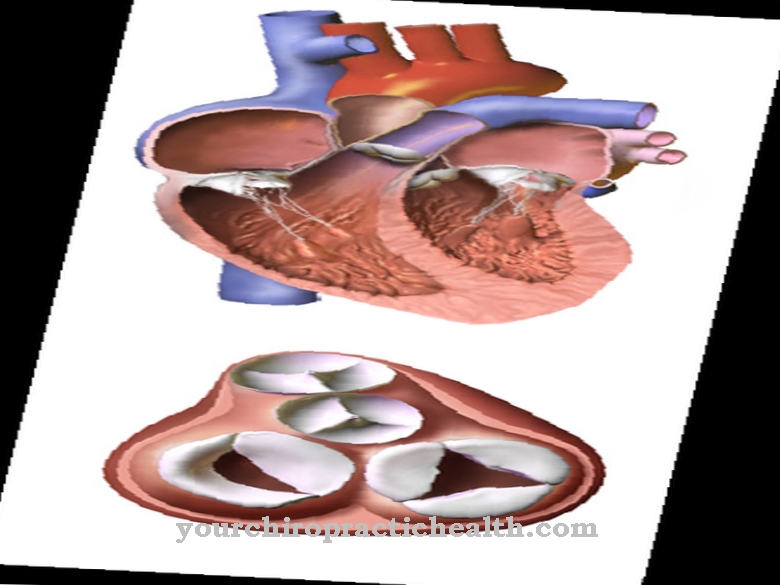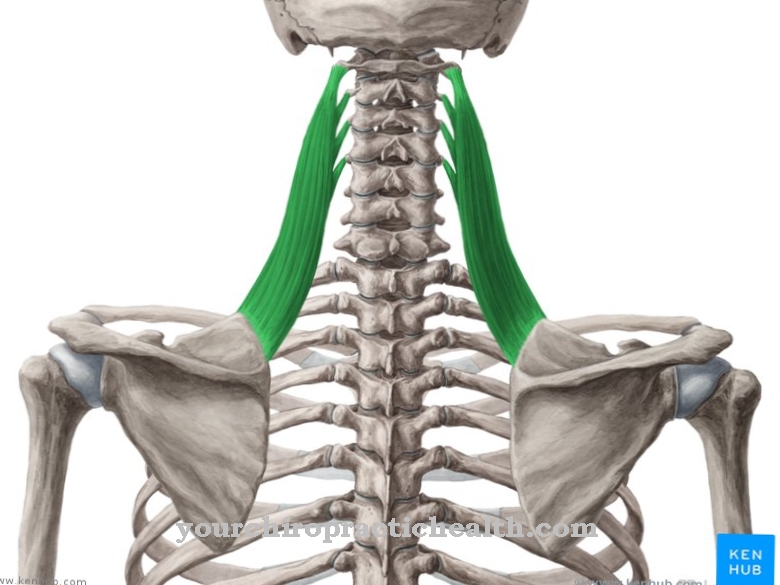As upper arm is called the upper arm section. It is connected to the forearm via the joint of the elbow. The shoulder joint connects the upper arm with the shoulder girdle and thus with the trunk.
What is the upper arm?
Of the upper arm (Latin Brachium called) is the part of the arm that is closest to the trunk of the body. For this reason, the upper arm is the proximal (close to the body) part of the arm. The upper arm connects the shoulder via the shoulder joint to the shoulder girdle and thus finally to the trunk. The brachium is connected to the forearm via the joint of the elbow. The upper arm section contains the humerus (upper arm bone), one of the longest bones in the entire human body.
Anatomy & structure
The upper arm consists of the humerus, the upper end of which consists of a ball joint. This ball joint sits inside the shoulder blade and represents the connection to the shoulder. The shoulder joint represents the moving part of the connection from trunk to arm.
It is also the most flexible joint in the entire human body. This is also noticeable in the connection that exists between the upper arm and the joint. Because, viewed from the front, these come together at the back of the bone. Only then does the arm demonstrate its great mobility.
Another joint that the upper arm is connected to is the elbow joint. This is found at its lower end and connects the upper arm with the forearm. Unlike the shoulder and wrist joint, which can be bent, brought in and stretched, among other things, the elbow joint can only be bent, stretched and turned around.
The brachium has two main muscles: biceps and triceps. In addition, the upper arm is equipped with a deltoid muscle. The biceps are located on the front of the upper arm, while the triceps are on the back and the deltoids are in the shoulder area. The muscles are each surrounded by a sheath of connective tissue (called fascia).
In addition, the entire upper arm muscles are covered by an arm fascia (Fascia brachii called). In addition, the upper arm is made up of two partitions (septa) and a whole series of nerves and vessels. The upper arm is not only moved by the muscles located in the brachium, but also to a large extent by muscles located in the chest, back or shoulder.
Function & tasks
The arm as a whole is the part of the body that exhibits the greatest freedom of movement in the human body. As the transition between the arm and the trunk, the upper arm has a central connection function.
In addition, the muscles in the shoulder, chest, back and upper arm make it possible to pull the arm towards the side or towards the body. This movement is called adduction or abduction. Furthermore, the upper arm and thus the entire arm can be raised through the shoulder joint and rotated inwards and outwards.
As a result, the upper arm plays a not insignificant role in the two important arm functions - lifting and gripping. Another important function of the arms is balancing the body, for example when walking upright. Here, too, the upper arm plays a key role: because balancing the body begins in the shoulder muscles and ends in the wrist.
You can find your medication here
➔ Medicines for painIllnesses & ailments
One of the most common arm injuries is a broken arm. The upper arm is less affected by this than the forearm. Medically, an upper arm fracture is called a subcapital humerus fracture. However, these only make up around 5 percent of all crossbreaks.
Much more often the ulna and radius are affected by fractures in the forearm. However, fractures are not the only injuries or illnesses that occur in the upper arm and can cause discomfort and restrictions: Nerves, tendons, joints, vessels, muscles and veins can also be affected by injuries or illnesses.
Frequent causes are strong external influences on the upper arm, such as those that can occur in accidents. Incorrect or excessive strain on the upper arms can also damage the muscles, tissues and nerves of the upper arm.
Due to its high mobility, symptoms in the brachium can quickly arise from pinched nerves and tendons or from compressed tissue. These usually show up through pain and a restriction of mobility. However, both can also occur through inflammation of the muscle tissue, nerves or tendons.
An injured or diseased upper arm is usually not only affected by pain, but also by a feeling of weakness. In addition to pain, many patients sounded a reduced function of the muscles, so that the upper arm was difficult or impossible to move.
In addition, there are clinical pictures where there is only limited pain in the upper arm apart from limited mobility. Injuries and diseases of the brachium, however, usually not only relate to the upper arm, but also affect other parts of the body in their function and task due to its important task. If the nerves in the upper arm are affected, numbness, for example, can occur in the lower extremities of the arm, i.e. in the hands or fingers.

























.jpg)

.jpg)
